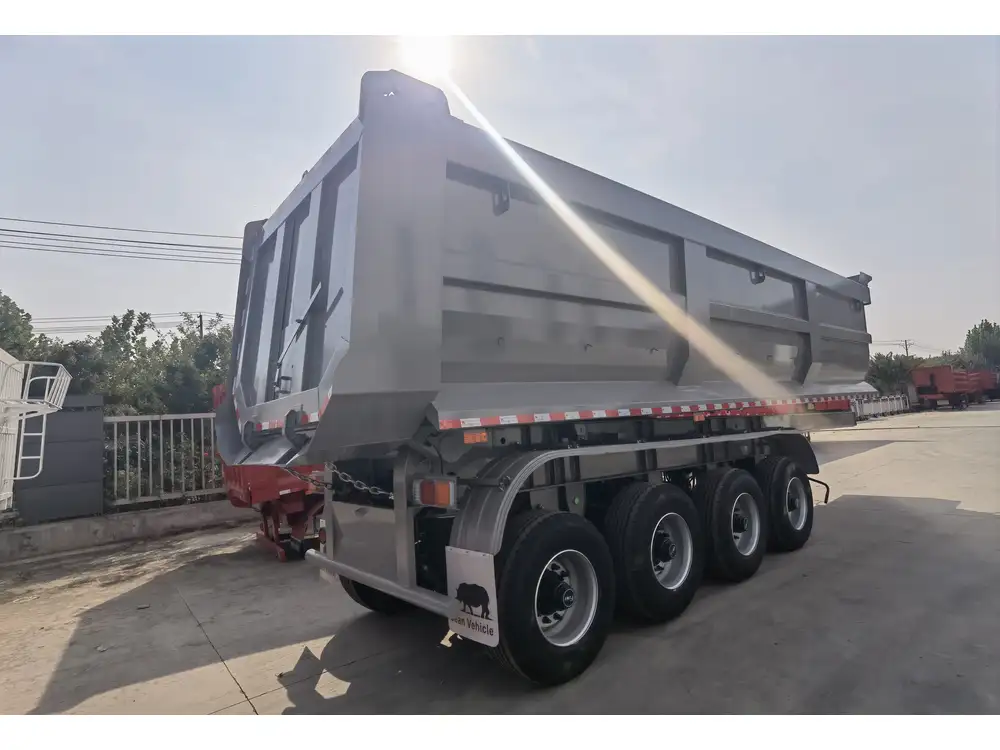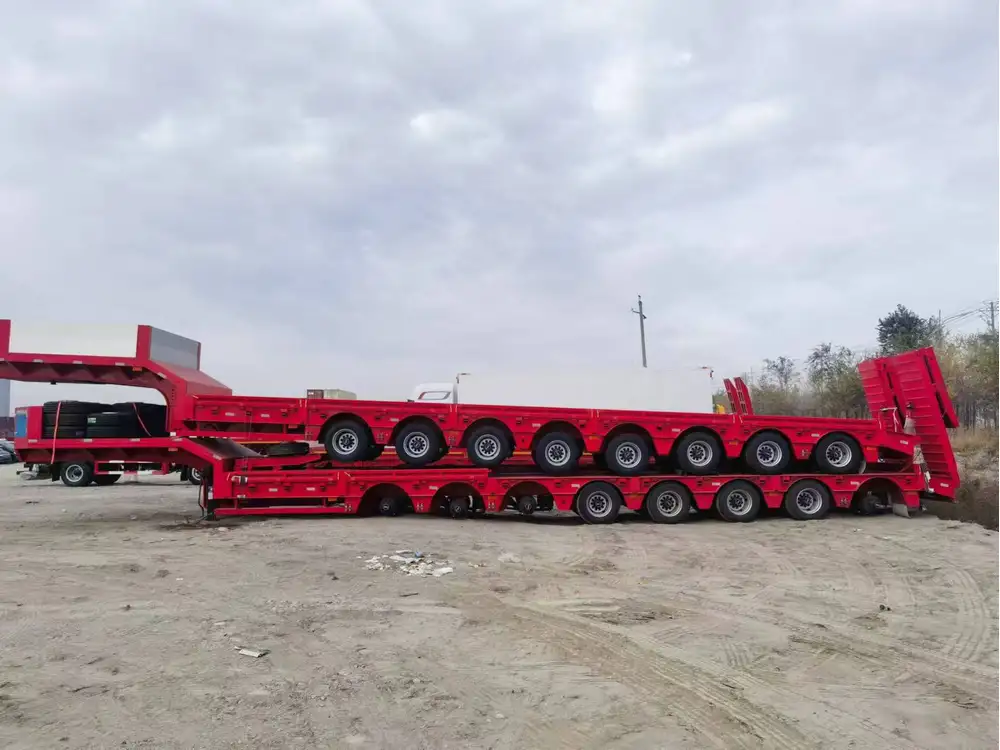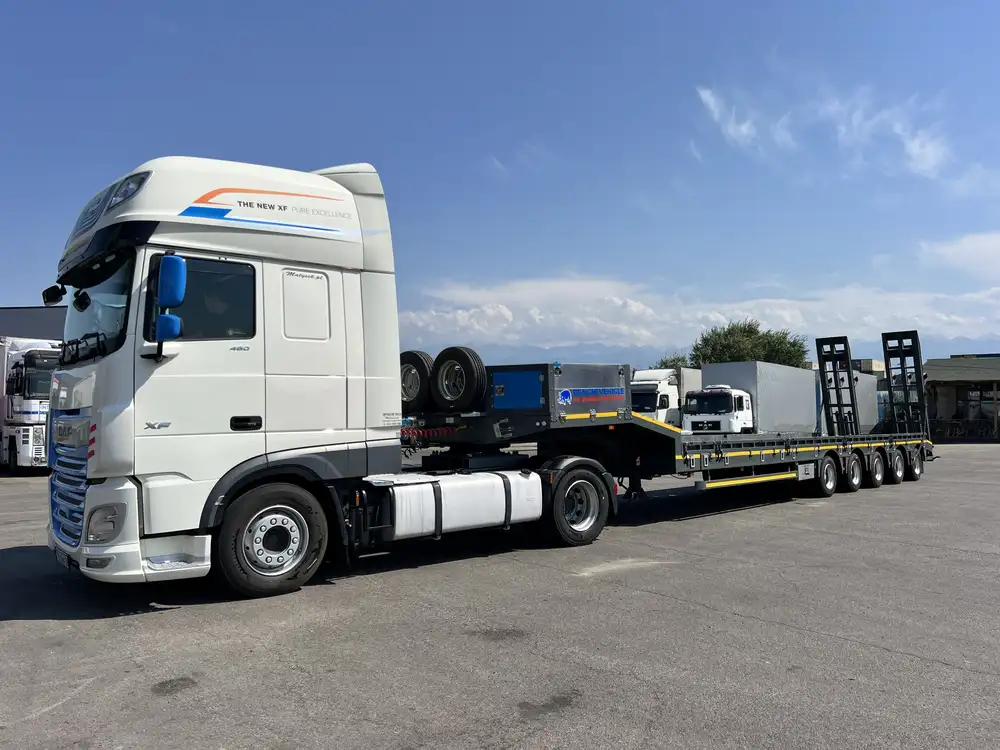Gaining a Commercial Driver’s License (CDL) is a critical step for anyone looking to establish a career in the transportation industry. As prospective drivers prepare for their tests, many questions arise, particularly concerning the type of equipment that can be utilized. One common query is, “Can you use a flatbed trailer for the CDL test?” This article will provide comprehensive insights into this question, explain the CDL testing requirements, discuss the use of flatbed trailers, and ultimately guide candidates on how to maximize their chances of passing the CDL exam successfully.
Understanding CDL and Its Requirements
What is a CDL?
A Commercial Driver’s License (CDL) is a specialized license that permits individuals to operate large, heavy vehicles such as trucks, buses, and trailers. The Federal Motor Carrier Safety Administration (FMCSA) establishes the guidelines, but each state may have its specific regulations.

CDL Classifications
CDLs are categorized into three classes, each with different weight and vehicle requirements:
- Class A: Allows vehicle combinations with a gross combined weight rating (GCWR) of 26,001 pounds or more, provided the vehicle being towed is heavier than 10,000 pounds.
- Class B: Permits operation of a single vehicle with a gross vehicle weight rating (GVWR) of 26,001 pounds or more or a vehicle that tows a vehicle weighing up to 10,000 pounds.
- Class C: For smaller vehicles not covered by Class A or B, typically for transporting hazardous materials or more than 16 passengers.
CDL Testing Components
The CDL testing process consists of three main components:
- Knowledge Test: A written assessment covering essential driving rules and regulations.
- Skills Test: Demonstrating ability behind the wheel including vehicle inspection, basic controls, and road driving.
- Pre-Trip Inspection: Inspecting a vehicle for any safety violations or maintenance issues.
The Role of Flatbed Trailers in CDL Testing

Definition and Functionality of Flatbed Trailers
Flatbed trailers, characterized by their level, open tops and lack of sides or a roof, are commonly used in transporting oversized or heavy cargo. Their design allows for the easy loading and unloading of goods, making them a favored choice in various industries such as construction, manufacturing, and freight transport.
Using Flatbed Trailers in CDL Testing
Is It Permissible?
Using a flatbed trailer for the CDL test largely depends on the regulations set forth by the state where the test is being conducted. Many states permit candidates to take the skills test using a flatbed trailer as long as it meets certain criteria:
- Weight Capacity: The trailer must be within the weight classifications appropriate for the CDL class being tested.
- Vehicle Combination: If you are testing for a Class A CDL, your combined vehicle must meet the 26,001 pounds or more requirement, including the flatbed.

Advantages of Flatbed Trailers for CDL Testing
- Visibility and Control: Flatbeds offer a clear view of the cargo and surroundings, making maneuvers such as backing and turning easier and safer.
- Simplicity in Loading/unloading: The lack of walls allows for straightforward loading and unloading, simplifying the practical assessment of securing loads during the test.
- Real-World Experience: Many future truck drivers will encounter flatbed trailers in their careers, providing practical experience in a test scenario.
Disadvantages and Considerations
- Tarps and Securing Loads: Candidates may need to demonstrate the ability to secure loads properly, which can complicate the testing process.
- Slippery Conditions: In adverse weather conditions, flatbeds can present challenges due to their design, affecting traction and handling.
- Variations in State Regulations: Different states may have unique regulations regarding the acceptable equipment for CDL testing, necessitating a careful review of local laws.
Tips for Passing the CDL Test with a Flatbed Trailer

1. Familiarize Yourself with Regulations
- Know the State Rules: Each state has its testing procedures; ensure that you understand what is permissible regarding equipment before your test day.
2. Secure Proper Training
- Professional Instruction: Engage with a certified driving school that provides training specifically tailored for flatbed trailers. This instruction will enhance your confidence and performance.
3. Practice, Practice, Practice
- Mock Tests: Conduct practice tests with a flatbed trailer. Focus on pre-trip inspections, maneuvering skills, and load security procedures.

4. Prepare for the Skills Test
- Master Essential Maneuvers: Areas such as parallel parking, backing, and sharp turns should be second nature. Prioritize mastering these movements with a flatbed trailer.
5. Stay Updated on Inspection Protocols
- Pre-Trip Checks: Always conduct a thorough pre-trip inspection. Review what is expected and practice this before your test day to ensure you meet all criteria.
6. Analyze Your Weaknesses
- Mock Testing Feedback: After practicing, analyze which aspects you find most challenging. It may involve seeking feedback from an instructor or peer.

Frequently Asked Questions (FAQs) about Flatbed Trailers for CDL Tests
Can I Use a Flatbed Trailer for a Class B CDL Test?
While primarily designed for Class A vehicles, many states allow the use of a flatbed trailer during a Class B skills test, provided it is within the weight limits and specifications dictated by the state.
What Size Flatbed Trailer Should I Use?
The size of the flatbed trailer will vary based on your training and the type of CDL you are seeking. It should ideally comply with the state educational parameters and be a type of vehicle you intend to operate professionally.

Are There Additional Requirements for Flatbed Trailers During the CDL Test?
States may have unique requirements regarding load securing and maneuverability during the test. Candidates should examine the state-specific guidelines well in advance.
How Do I Best Prepare My Flatbed for the Test?
- Ensure the flatbed is free from debris.
- Practice loading and securing typical cargo.
- Conduct routine safety checks for all components.
Conclusion: Pathway to CDL Success
The journey to obtaining a CDL can be fraught with challenges, but understanding the nuances of using a flatbed trailer during the testing phase can greatly enhance your chances of success. Whether you’re familiarizing yourself with regulations, acquiring practical experience, or participating in mock tests, each step is integral to mastering the requirements of the CDL.
By strategically preparing, utilizing skilled instruction, and being aware of the standards set by your state, you can confidently approach your CDL test. Engaging with flatbed trailers adds a layer of complexity and real-world application that can help not just in passing the test but also in launching a successful driving career. Embrace the challenge and position yourself for success in the thriving transportation industry.



